I'm searching for a way to make the NavigationBar transparent. My NavigationView is in the root view in ContentView which contains a TabView.
import SwiftUI
struct ContentView: View {
var body: some View {
TabView {
HomeView().tabItem {
Image(systemName: "house.fill")
Text("Home")
}.tag(1)
NavigationView {
SearchView()
}
.tabItem {
Image(systemName: "magnifyingglass")
Text("Search")
}.tag(2)
}
The NavigationView Bar displays even after adding the following modifier in the root view.
init() {
UINavigationBar.appearance().backgroundColor = .clear
UINavigationBar.appearance().isHidden = false
}
Below is the child view in which I'm trying to hide the navigationbar background.
import SwiftUI
struct FacilityView: View {
var perks = "Badge_NoPerks"
var image = "Image_Course6"
var courseName = "Course"
var body: some View {
VStack {
HStack {
Image(image)
.resizable()
.aspectRatio(contentMode: .fill)
.frame(width: UIScreen.main.bounds.width, height: 260)
}
VStack(alignment: .leading) {
HStack {
Image(perks)
}
HStack {
Text(courseName)
Spacer()
}
}
.padding(.horizontal)
Spacer()
}.padding(.horizontal)
.edgesIgnoringSafeArea(.top)
.navigationBarTitle("Facility Details")
}
}


